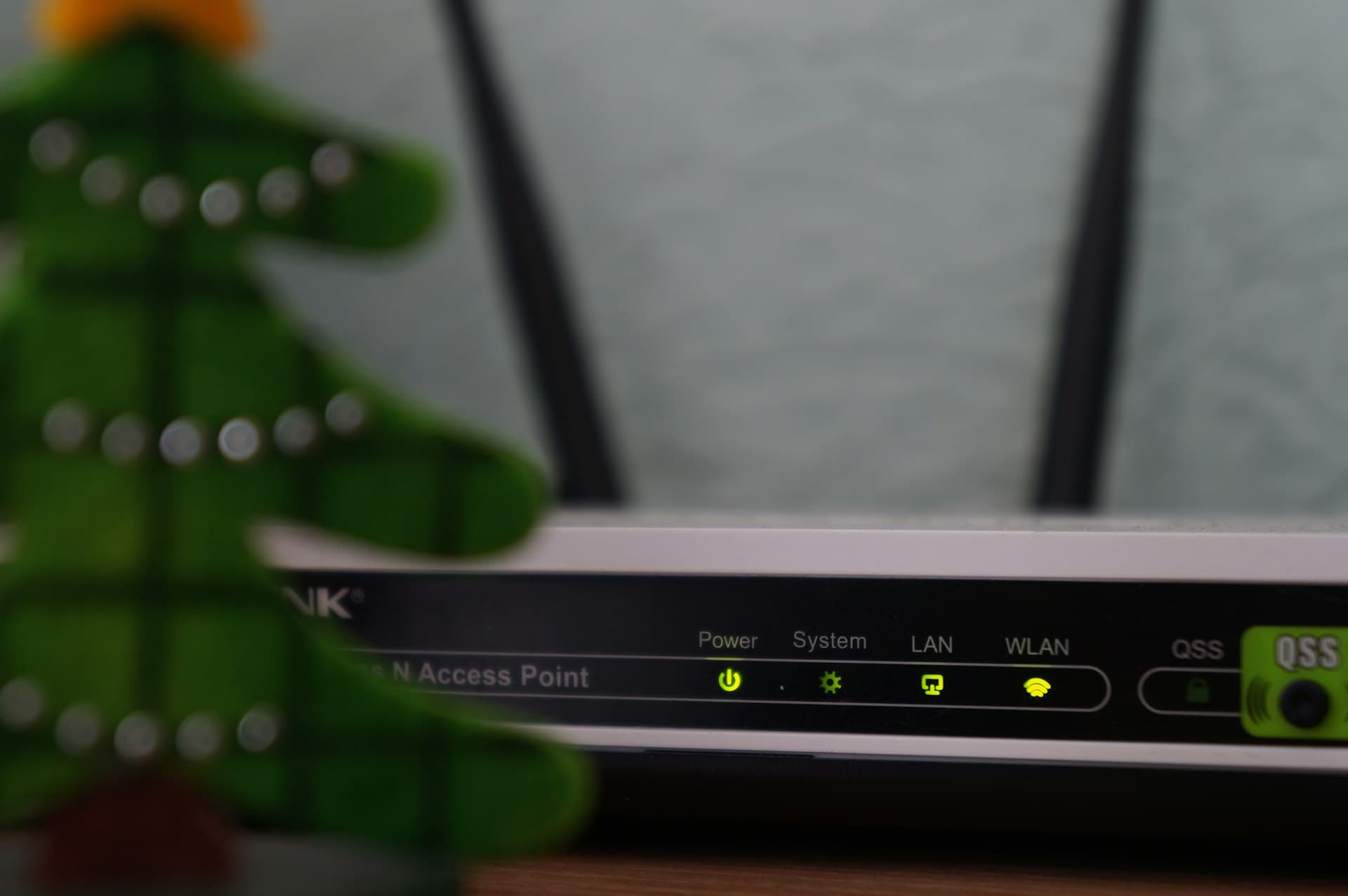
17/10/2025
Imagine walking into a store and being completely ignored for 10 seconds. You'd probably walk out. That's exactly what a slow-loading website does to your visitors.
In today's fast-paced digital world, user attention is fleeting. A slow website is one of the fastest ways to lose a potential customer or reader. This article will break down the three critical areas where website speed has a direct and measurable impact: User Experience, Search Engine Rankings (SEO), and ultimately, your revenue and conversions.

Modern users expect near-instantaneous results. A 1-3 second delay can increase bounce rates by over 30%.
Google uses page speed as a direct ranking factor. Core Web Vitals are essential for high search visibility.
Every millisecond counts. Amazon found that 100ms of latency costs them 1% in sales.
Modern attention spans are shrinking. Users expect near-instantaneous results. Research from Google and Akamai shows that bounce rates increase by over 30% if a page takes 3 seconds to load.
A fast, snappy website feels professional, reliable, and trustworthy. Conversely, a slow site can feel clunky, outdated, and even insecure to users. With the majority of web traffic now on mobile devices where internet connections can be less stable, optimizing for mobile speed is no longer optional—it's essential.
Google has explicitly confirmed that page speed is a ranking signal for both desktop and mobile searches. At the heart of this are Core Web Vitals—metrics that measure real-world user experience:
How long it takes for the main content to load
How long it takes for the site to become interactive
How much the page layout moves around unexpectedly
A good Core Web Vitals score is essential for ranking high in search results. Additionally, search engine bots have a limited "crawl budget"—a faster website allows these bots to crawl and index more pages in the same amount of time, improving your site's visibility.
This is where you see the real financial impact. Every millisecond counts when it comes to conversions and revenue:
Every 100ms of latency costs them 1% in sales
2% increase in conversions for every 1-second improvement
Bounce rates increase by 32% when load time goes from 1s to 3s
The correlation is clear: faster load times lead to more sales and higher average order values for e-commerce, more sign-ups and form submissions for lead generation, and higher engagement and better ad revenue for content sites and blogs.
Ready to see how your website stacks up? Here are three essential tools for measuring site speed:
The best place to start. Provides scores for mobile and desktop with specific recommendations.
Visit Tool →Offers a detailed waterfall chart to see exactly what is slowing down your site.
Visit Tool →Website optimization is not a cost—it's a crucial investment with a clear and proven return. Speed is fundamental to keeping users happy (UX), staying visible on Google (SEO), and driving business goals (conversions).
"Is your website fast enough to keep up? Run a quick test with the tools mentioned above. If your score isn't where it needs to be, contact us at Rizstack, and let's build a faster, more effective web experience together."